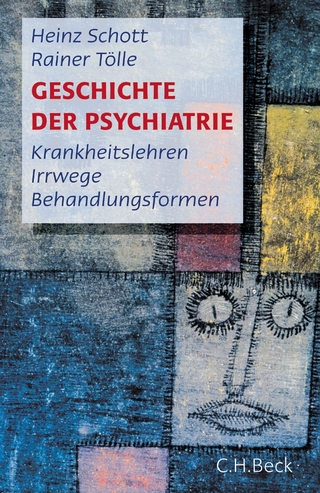
Archaeology and Bioarchaeology of Anatomical Dissection at a Nineteenth-Century Army Hospital in San Francisco
Seiten
2023
University Press of Florida (Verlag)
978-1-68340-266-4 (ISBN)
University Press of Florida (Verlag)
978-1-68340-266-4 (ISBN)
In 2010, a pit containing human skeletal elements was discovered at the site of the former Army hospital in San Francisco. Archaeologists determined that the bones were remains from anatomical dissections conducted in the 1870s. This volume uses historical, archaeological, and bioarchaeological analysis to understand the function of the pit.
An archaeological site that tells a story of structural violence in medical research
In 2010, a pit containing over 4,000 human skeletal elements was discovered at the site of the former Army hospital at Point San Jose in San Francisco. Local archaeologists determined that the bones, which were found alongside medical waste artifacts from the hospital, were remains from anatomical dissections conducted in the 1870s. As no records of these dissections exist, this volume turns to historical, archaeological, and bioarchaeological analysis to understand the function of the pit and the identities of the people represented in it. In these essays, contributors show how the remains discovered are postmortem manifestations of social inequality, evidence that nineteenth-century surgical and anatomical research benefited from and perpetuated structural violence against marginalized individuals.A volume in the series Bioarchaeological Interpretations of the Human Past: Local, Regional, and Global Perspectives, edited by Clark Spencer Larsen
An archaeological site that tells a story of structural violence in medical research
In 2010, a pit containing over 4,000 human skeletal elements was discovered at the site of the former Army hospital at Point San Jose in San Francisco. Local archaeologists determined that the bones, which were found alongside medical waste artifacts from the hospital, were remains from anatomical dissections conducted in the 1870s. As no records of these dissections exist, this volume turns to historical, archaeological, and bioarchaeological analysis to understand the function of the pit and the identities of the people represented in it. In these essays, contributors show how the remains discovered are postmortem manifestations of social inequality, evidence that nineteenth-century surgical and anatomical research benefited from and perpetuated structural violence against marginalized individuals.A volume in the series Bioarchaeological Interpretations of the Human Past: Local, Regional, and Global Perspectives, edited by Clark Spencer Larsen
P. Willey is professor emeritus of anthropology at California State University, Chico. Peter Gavette is an archaeologist at the Golden Gate National Recreation Area. Eric J. Bartelink is professor of anthropology at California State University, Chico, and coauthor of Forensic Anthropology: Current Methods and Practice. Colleen F. Milligan is professor and chair of the Anthropology Department at California State University, Chico.
| Erscheinungsdatum | 10.11.2022 |
|---|---|
| Reihe/Serie | Bioarchaeological Interpretations of the Human Past: Local, Regional, and Global Perspectives |
| Zusatzinfo | 31 b&w illustrations, 2 maps, 16 tables |
| Verlagsort | Florida |
| Sprache | englisch |
| Maße | 152 x 229 mm |
| Gewicht | 363 g |
| Themenwelt | Geisteswissenschaften ► Archäologie |
| Studium ► Querschnittsbereiche ► Geschichte / Ethik der Medizin | |
| ISBN-10 | 1-68340-266-9 / 1683402669 |
| ISBN-13 | 978-1-68340-266-4 / 9781683402664 |
| Zustand | Neuware |
| Informationen gemäß Produktsicherheitsverordnung (GPSR) | |
| Haben Sie eine Frage zum Produkt? |
Mehr entdecken
aus dem Bereich
aus dem Bereich
Die Geschichte eines Weltzentrums der Medizin von 1710 bis zur …
Buch | Softcover (2021)
Lehmanns Media (Verlag)
17,95 €
von der Antike bis zur Gegenwart
Buch | Softcover (2024)
C.H.Beck (Verlag)
12,00 €
Krankheitslehren, Irrwege, Behandlungsformen
Buch | Softcover (2024)
C.H.Beck (Verlag)
39,95 €


